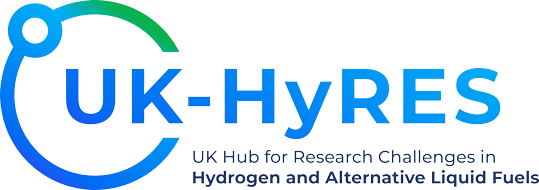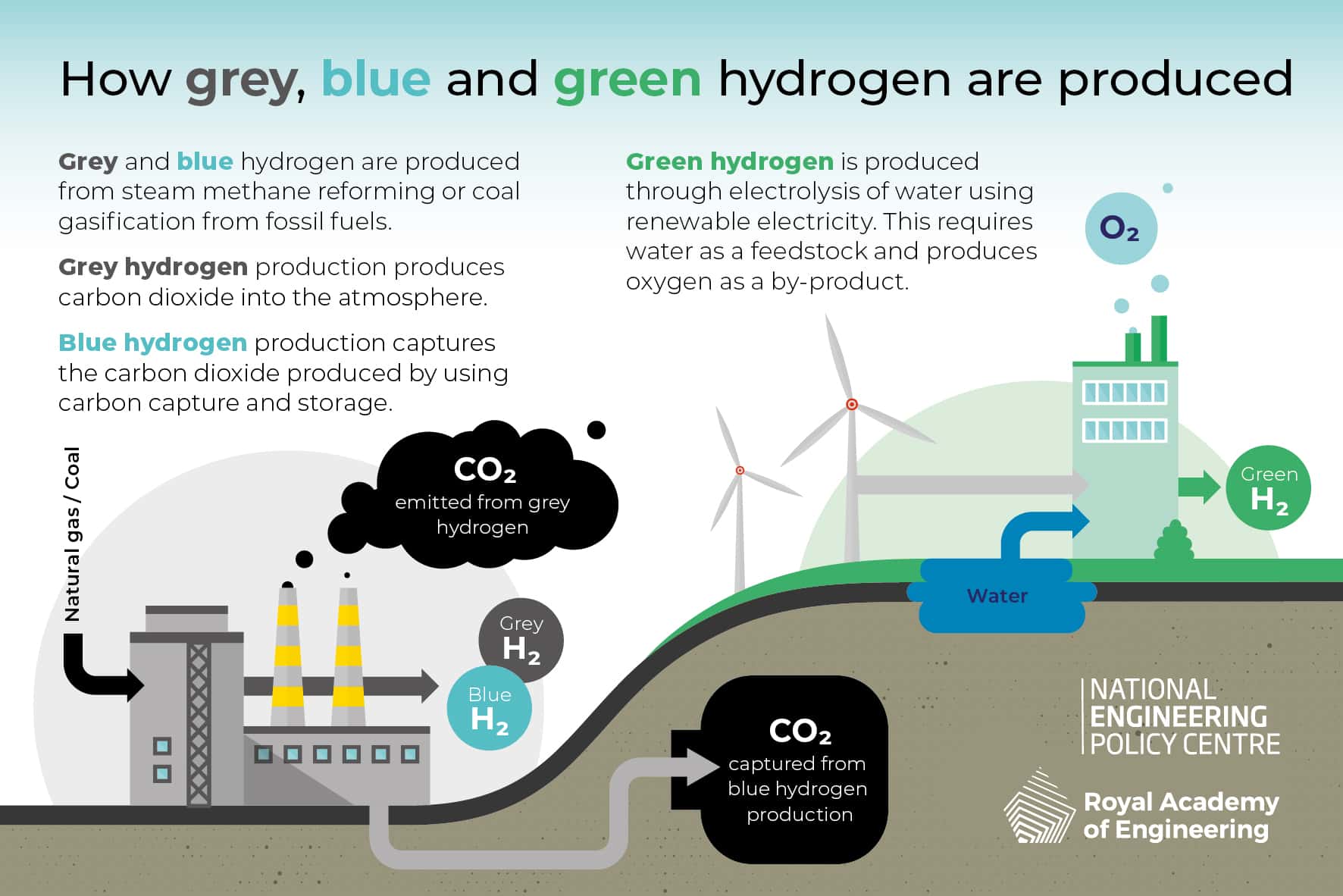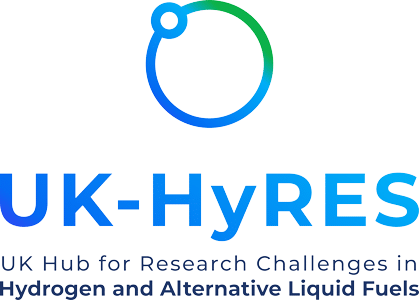Prof Rachael Rothman Interviewed For CNBC’s Sustainable Futures
3rd Feb 2023
UK-HyRES recently had its co-investigator, Professor Rachael Rothman, interviewed by Anmar Frangoul from CNBC’s Sustainable Futures. The article discussed the potential role of different methods of hydrogen production, specifically focusing on green and pink hydrogen.
The production of hydrogen is a topic of great interest due to its potential role in securing a low-carbon future. However, the majority of hydrogen produced today still comes from fossil fuels, with low-emission hydrogen accounting for less than 1% of global hydrogen production in 2021, according to a report from the International Energy Agency.
“It has a lot of potential to help us decarbonise going forwards”
“The first thing to say is that hydrogen doesn’t really exist naturally, so it has to be produced,” said Professor Rothman. “It has a lot of potential to help us decarbonise going forwards, but we need to find low-carbon ways of producing it in the first place.”
Different methods of hydrogen production have been given different colours to differentiate them, with “grey hydrogen” being the most common and produced from natural gas through a process called steam methane reforming, which has a large associated carbon footprint. “Green hydrogen”, on the other hand, is produced using renewables and electrolysis, and “blue hydrogen” refers to the use of natural gas and carbon capture utilisation and storage.
The article also discussed “pink hydrogen”, which is produced using nuclear energy through electrolysis. According to Professor Rothman, “if you split water, you get hydrogen and oxygen, but splitting water takes energy, so what pink hydrogen is about is splitting water using energy that has come from nuclear… the whole system is low carbon, because there’s no carbon in water, but also the energy source is also very low carbon because it’s nuclear.”
Pink hydrogen has some significant backers, including EDF Energy, which is exploring the production and use of hydrogen at its planned 3.2-gigawatt nuclear power station, Sizewell C, in the UK. “At Sizewell C, we are exploring how we can produce and use hydrogen in several ways,” the firm’s website states. “Firstly, it could help lower emissions during construction of the power station, and secondly, once Sizewell C is operational, we hope to use some of the heat it generates (alongside electricity) to make hydrogen more efficiently.”
In conclusion, the article highlights the potential role of pink hydrogen in the decarbonisation of society and its significance as a low-carbon method of hydrogen production. UK-HyRES is committed to supporting and promoting research and innovation in hydrogen production, storage, and usage, and Professor Rothman’s interview serves as a reminder of the importance of finding low-carbon methods of producing hydrogen.
View on the full article on CNBC >>
This article was adapted from the original published on CNBC’s Sustainable Futures Feature by Anmar Frangoul.


